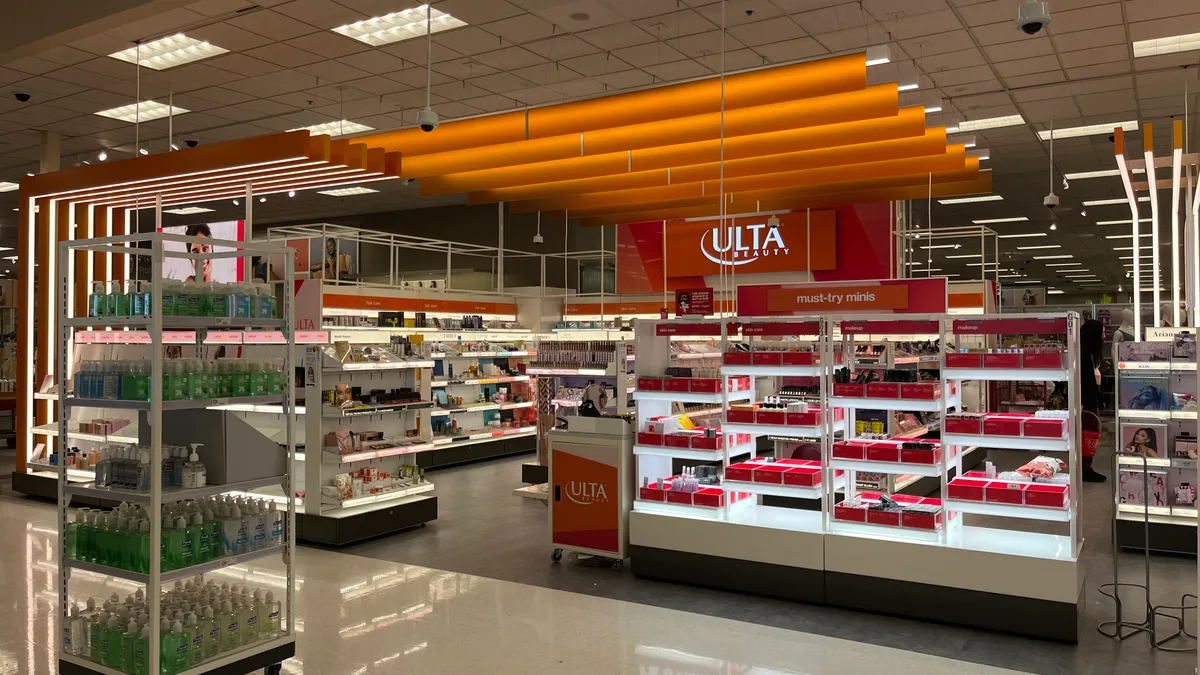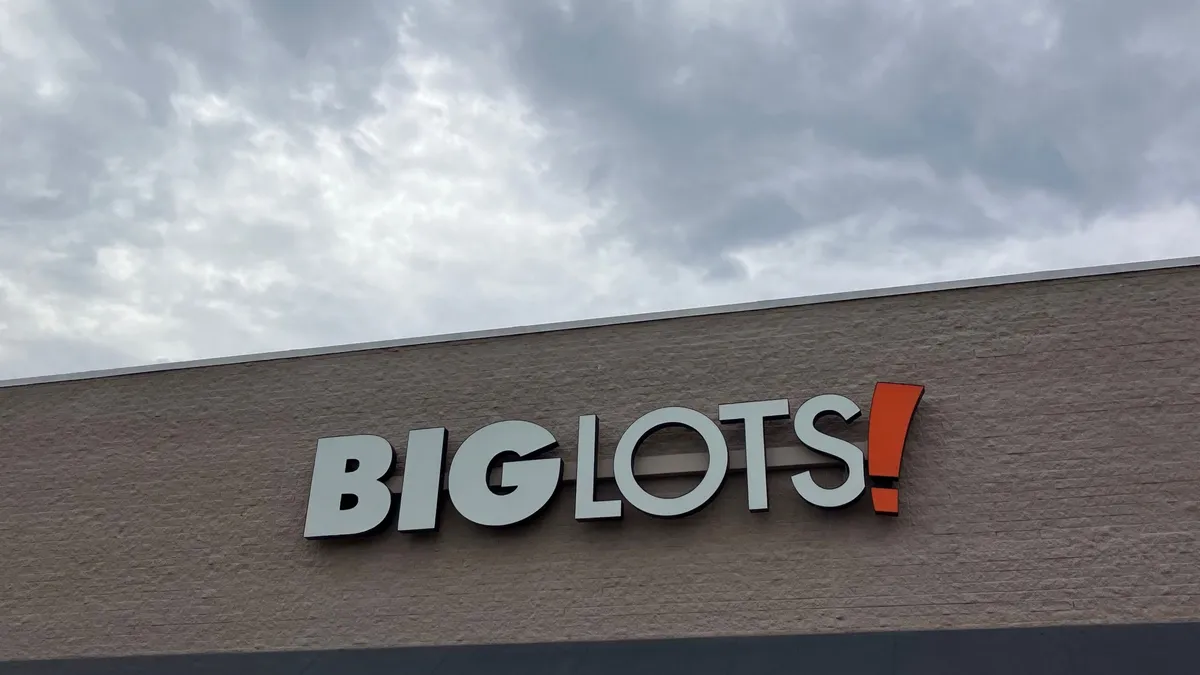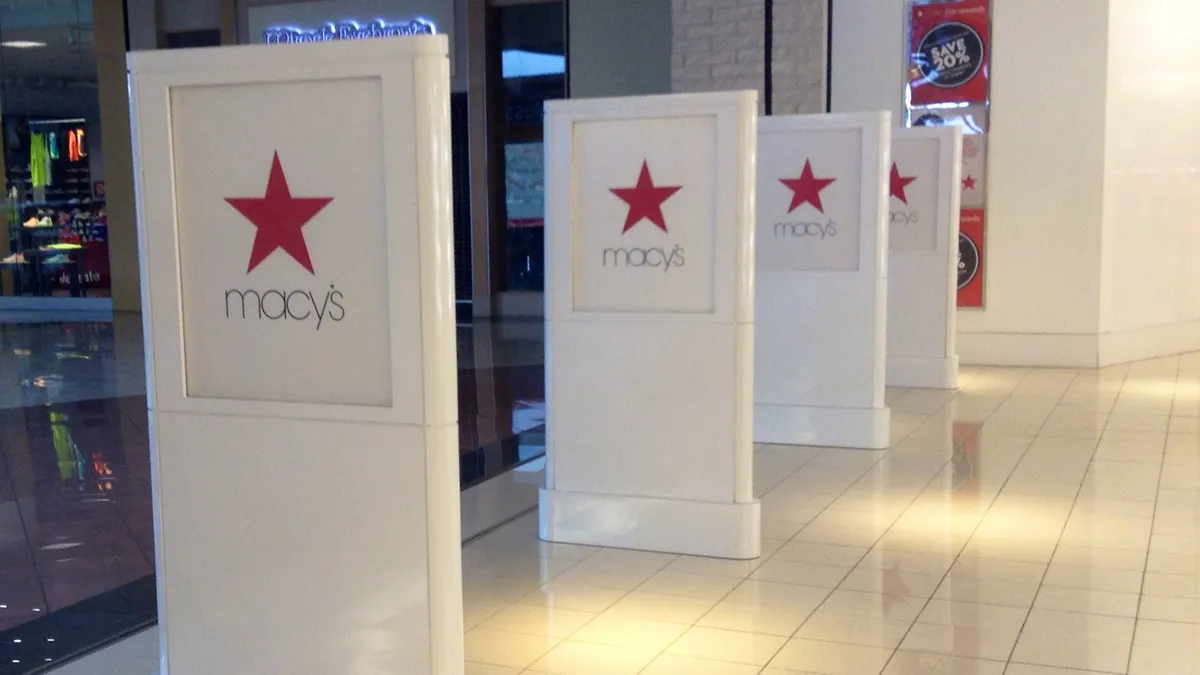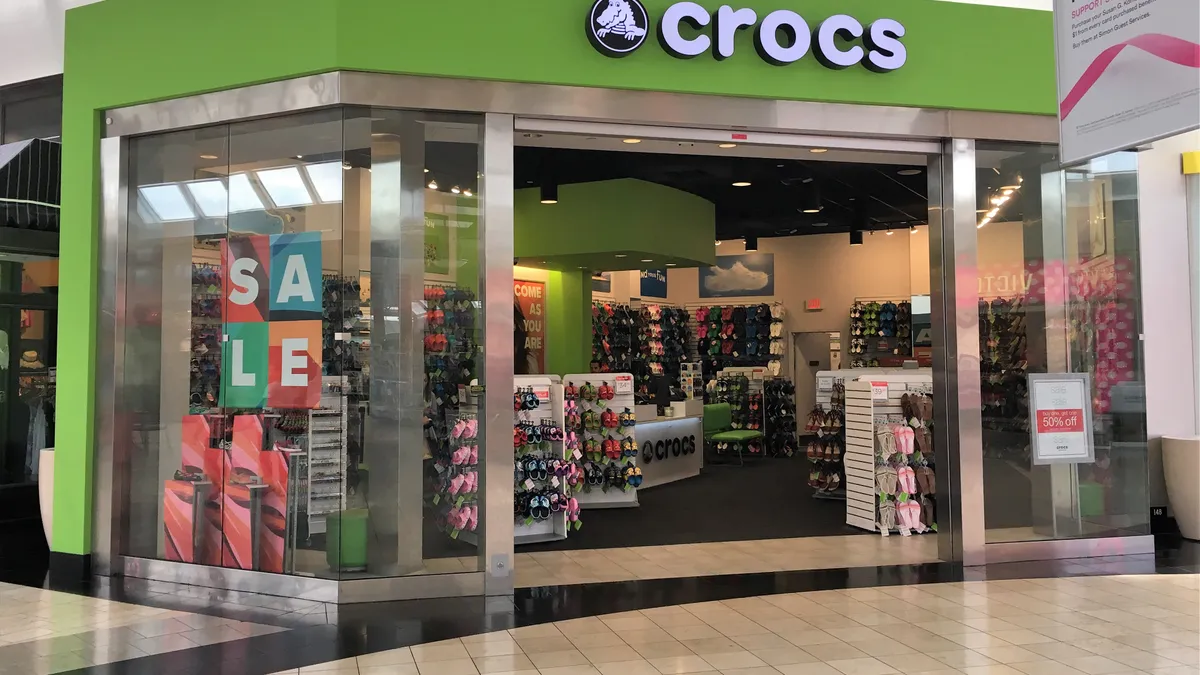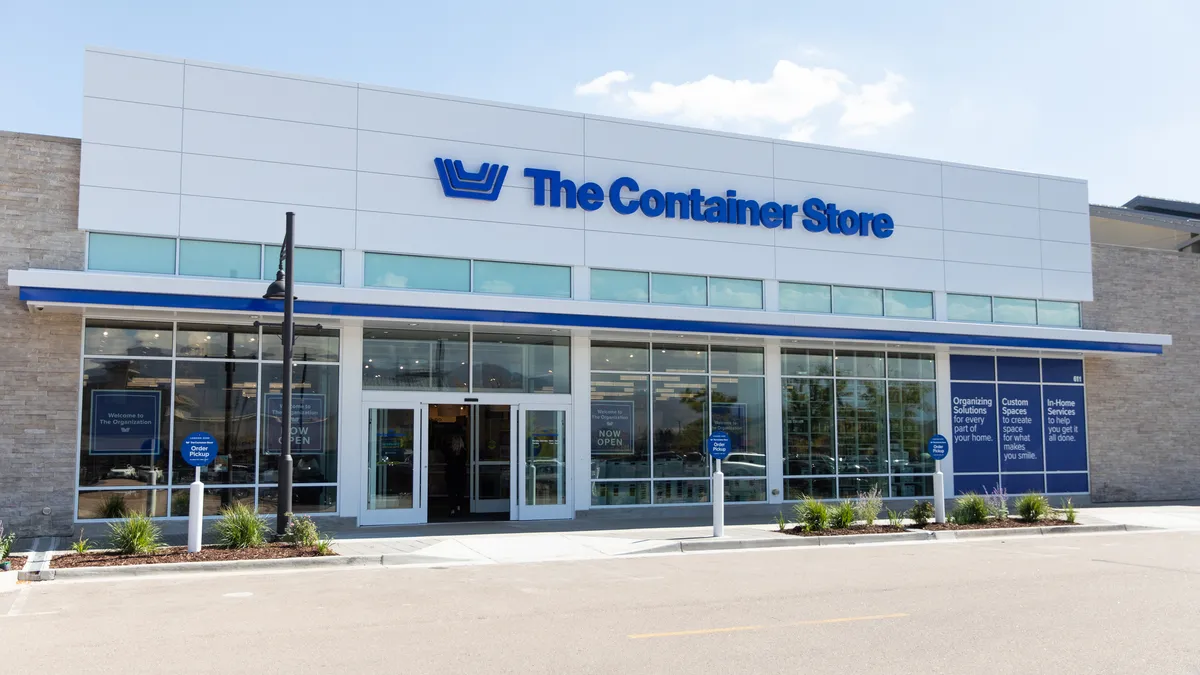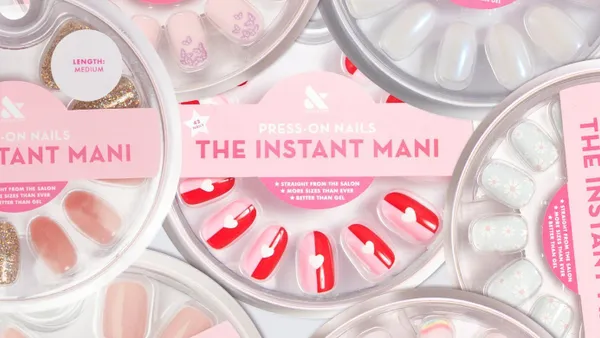In the midst of a slowing beauty market, Ulta Beauty on Wednesday announced new long-term targets for 2026 “and beyond,” which call for net sales growth of 4% to 6%, operating profit growth in the mid-single digits and accelerated store openings. At the same time, Ulta reiterated its guidance for 2024, which has already been cut twice this year.
The company’s previous goals, set in 2021, included hitting $10 billion in revenue, which it accomplished in 2022.
Ulta’s store opening plans represent an acceleration from recent years but are slower than the beauty retailer’s pace in much of the 2010s. In each of the past four years, Ulta has opened fewer than 50 stores, and prior to that the beauty retailer was opening at a cadence of about 100 stores per year.
With the new store opening plan, Ulta will open about 200 net new stores over the next three years, which comes to about 66 per year, and is targeting a footprint of more than 1,800 stores (the company currently operates 1,411 stores). The latest expansion builds on a history of store growth, with Ulta’s store count doubling in the past 10 years, per executives.
Chief Operating Officer Kecia Steelman said during the retailer’s investor day that the company’s new store openings are performing well, despite competition from the likes of Sephora, which should land in all of Kohl’s roughly 1,200 stores by 2025. Steelman noted that Ulta’s own shop-in-shop tie-up with Target is now in 500 of the mass merchant’s stores and is attracting a different kind of customer. The partnership is also driving shoppers to trade up to prestige products.
Another of Ulta’s long-term goals is to grow its loyalty program to 50 million members by 2028, up from 43.9 million in its most recent quarter, on the back of broader interest in beauty. CEO Dave Kimbell said during the retailer’s investor day that the company’s definition of “beauty enthusiasts” has shifted over the years. In 2021, it included women aged 18+, which amounted to some 70 million possible loyalty members. Now, men are also a part of the definition, as are younger generations, opening up a possible 140 million “beauty enthusiasts” that Ulta could attract.
“Today, more men — particularly young men — are engaging in and passionate about beauty, including skin care, fragrance and in particular, the broad wellness and self-care segment. And we also see meaningful growth from younger generations engaging in beauty,” Kimbell said. “To younger beauty enthusiasts, it’s not about looking a certain way or changing their appearance. To them, beauty is fun.”
Kimbell noted that each successive generation that enters their teenage years is more involved in beauty than the last, which was true for Gen Z and millennials, and is trending to be true for Gen Alpha as well. Attracting more loyalty members is a serious boon to Ulta’s sales: Currently, about 95% of the retailer’s total sales come from members. Loyalty members that have connected their Target and Ulta accounts are also spending two times what the average member does, Steelman said.
Other priorities include creating a “leadership position in wellness” by expanding its assortment and elevating its experience in the space, investing in personalization and the in-store experience, bringing on more exclusive and emerging brands, streamlining the digital shopping experience and reaching new customer segments.
According to Kimbell, beauty shoppers are increasingly seeing the category as part of a broader wellness and self-care routine, which has driven heavy investment from Ulta into wellness-driven assortments and joy-related well-being content. A planned launch into Mexico in 2025 will also open the beauty retailer up to a new audience, but Ulta will also have to weather some tougher short-term trends.
“While we expect 2024 and 2025 will be transitional years as we manage through near-term category dynamics, over the long-term, we see additional opportunity to expand our leadership position, delivering both profitable growth and compelling shareholder value,” Chief Financial Officer Paula Oyibo said in a statement.
Kimbell expanded on the market trends Ulta is seeing in his presentation. He noted that in the 2010s, the beauty space was growing in the low-to-mid single digits in the U.S., but post-pandemic that growth rate surged. As a result, 2022 and 2023 saw growth of 12% and 11%, respectively. Now, growth is slowing back down again to a low-to-mid single digit rate.
There’s also some variation between mass and prestige beauty growth rates. Prestige beauty, which executives said makes up about 70% of Ulta’s business, is currently outperforming mass, with sales in the first half of the year rising 8%, per a report from Circana. That’s also the space where Ulta faces stiff competition from Sephora, whose move into Kohl’s stores has put the two in more closely aligned real estate positions.



